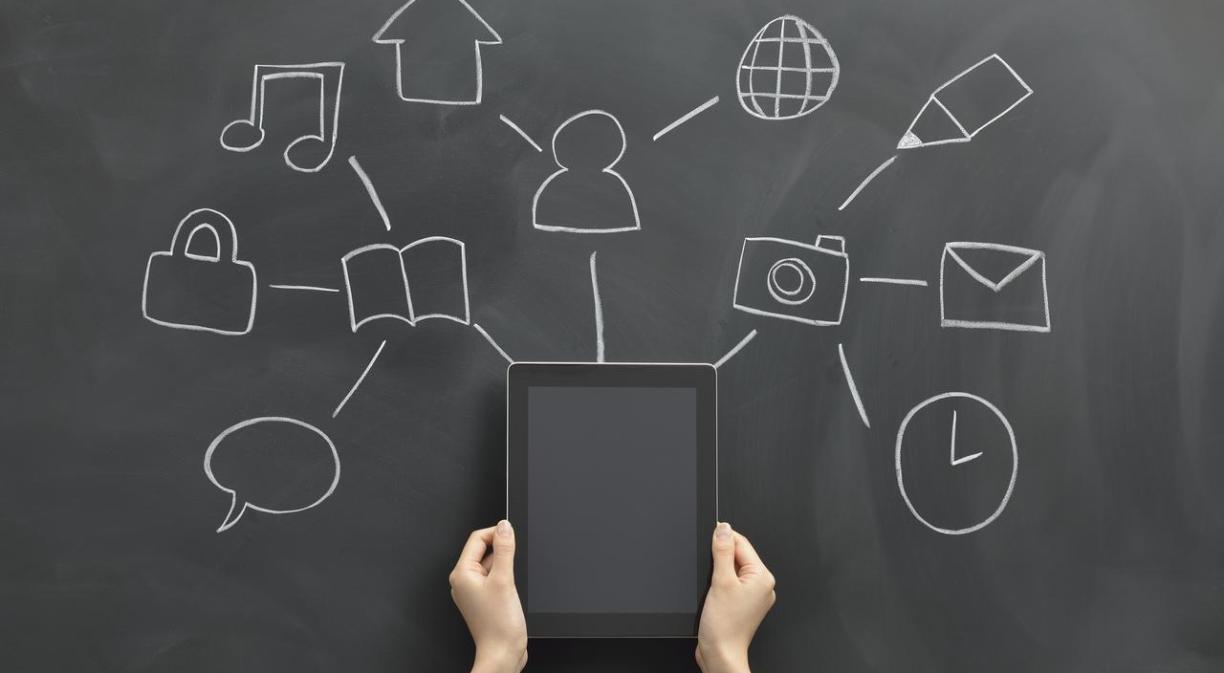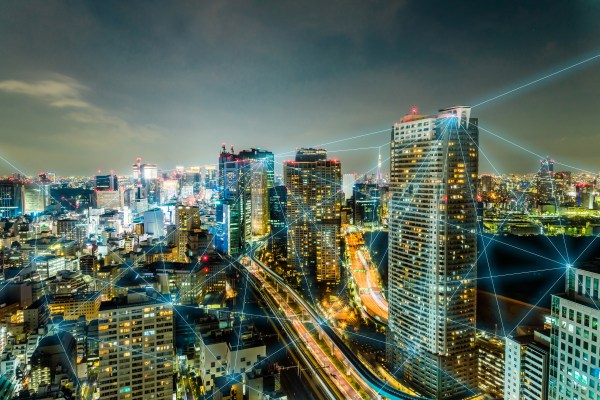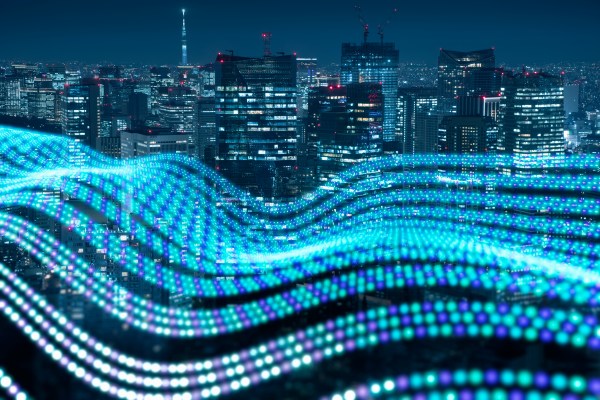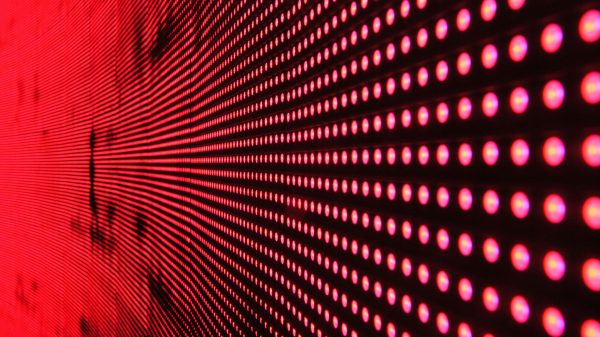Over the past few years, IoT has become a major focus of the connectivity technology industry. But what exactly is IoT? This acronym refers to the ‘Internet of Things’ and encompasses all objects and devices that are able to connect and exchange data with other devices via a mobile network.
This is what is known as interaction: is dispensed with and the machines communicate directly with each other.
IoT is a technology that has recently flourished thanks to the roll-out of the 5G network, which makes it possible for connectivity to reach the vast majority of current electronic devices: from industrial machinery to cars, buildings or home tools such as household appliances, virtual assistants or smartphones.
What is IoT used for?
The best way to realise what IoT is, is to see what it is used for. Direct communication between devices has an infinite number of uses, as it can streamline, improve and automate all sorts of processes in all kinds of areas: industrial processes, autonomous mobility, management of public spaces or digitisation in sectors such as the agri-food industry. This requires the support of a high-powered infrastructure, such as 5G. Such mobile networks are capable of providing higher bandwidth, higher speed and lower latency, allowing for a more secure and, above all, more stable connection for thousands of smart devices at once.
The transition to digitalisation and the development of connectivity has enabled the implementation of IoT as a primary means of working. Some of its main uses on the rise in recent years include the following:
- Industry 4.0: The fourth industrial revolution is characterised precisely by the shift from the traditional production model to the digital transformation a situation that has driven the use of IoT in industry. By enabling machines to communicate directly with one another, it guarantees greater precision in production, as well as other advantages such as reduced times and lower costs. Precisely for this reason, the collaboration of technology companies such as Microsoft, Google or Geprom are necessary to drive the digital transformation of industry and enable both its automation and the control of its processes.
- Digital health: refers to the connectivity that applies to healthcare services, tools and interventions. The implementation of IoT has been one of the biggest advances in healthcare in the last decade. Remote assistance, remote patient monitoring, precision operations performed by machinery, monitoring the correct functioning of implants such as pacemakers… Telemedicine offers a wide range of improvements to ensure the well-being of patients, facilitates the work of healthcare professionals, but requires a reliable network to maintain in operation.
- Connected mobility: improving how the population travels is another major sector currently working to increase the use of IoT in its production environment. Connected mobility is a proposal for safer, more efficient and sustainable driving through the interconnection of the vehicles themselves and other components involved in driving, such as traffic lights or traffic signals.
- Smart city: smart cities are those cities that are integrating IoT into their structure in order to efficiently and sustainably manage their development and resources. Smart buildings that control temperature, managed energy use in adjusting the street lights, increased road safety through better road monitoring… High demands that depend on a high-capacity mobile network such as 5G to keep up with the pace of the city.
IoT, AI and Big Data. The three technological musketeers.
The Internet of Things, AI and Big Data are involved in multiple activities, working symbiotically. On the one hand, IoT makes it possible to collect a large amount of information immediately and from a wide variety of sources, a contribution that offers a new dimension to Big Data. On the other, the development of AI allows not only for greater accuracy in collecting this information through the IoT, which in turn will have a direct impact on Big Data, but also an improvement in mass data analysis. All of this benefits businesses and individuals by enabling real-time decision making.
In other words, the existence of a direct connection between machines is one of the main avenues of research currently under development. Regarding the question, what is the Internet of Things (IoT)? It is a promise of change that seeks to improve the comfort and well-being of the general public and organisations. A vision of the future, as in Spain, there already is a powerful 5G infrastructure, which guarantees not only its developments today, but also those of the future.









